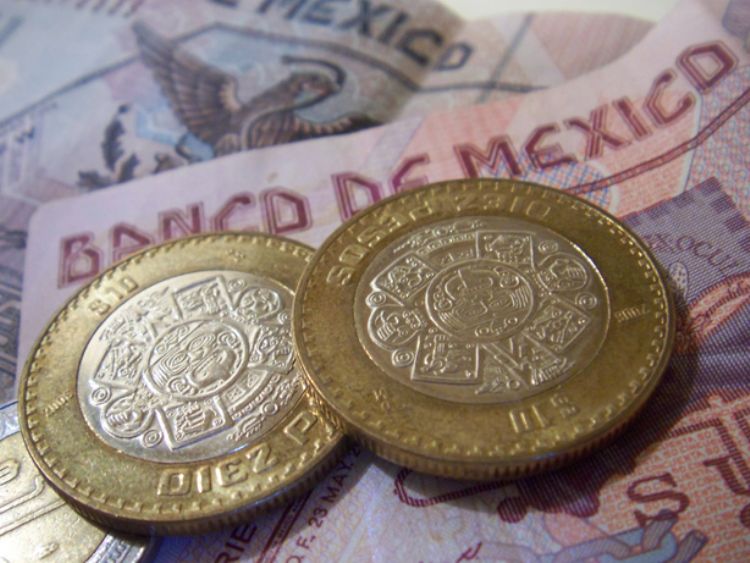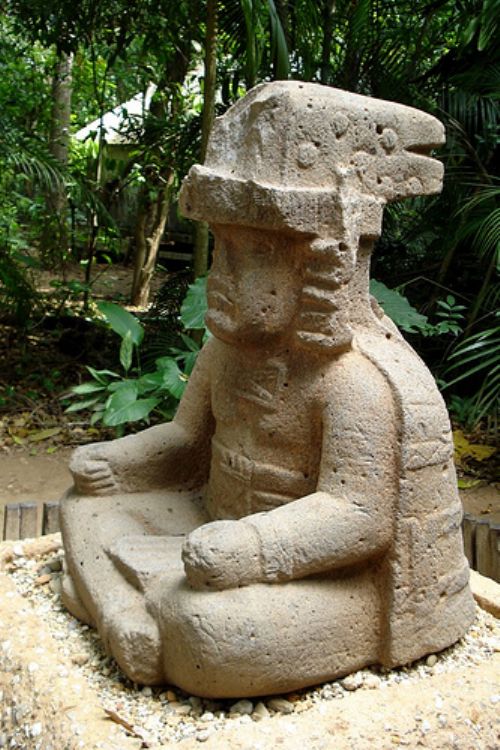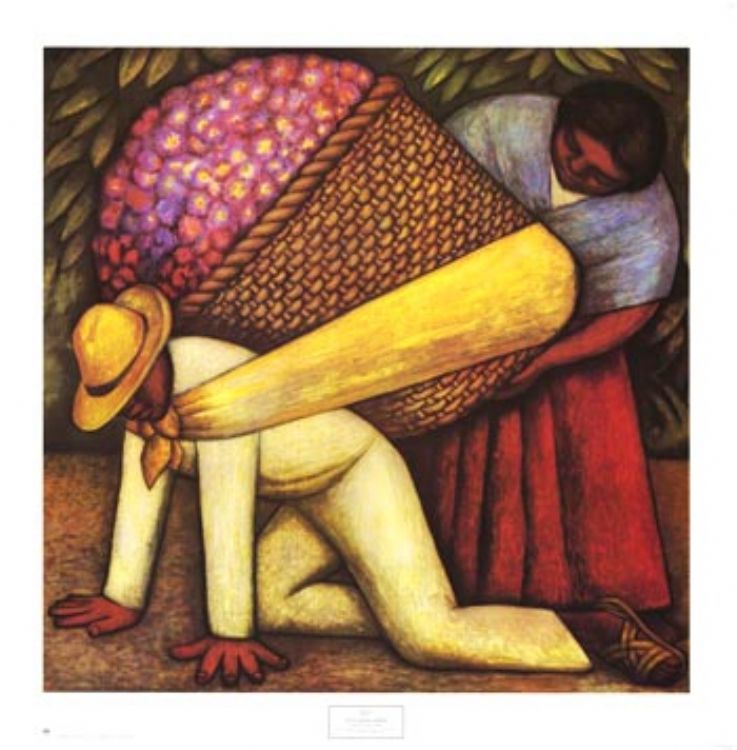
The history of migration of Mexican citizens to the Unite...

The year 800 B.C. witnessed the highest point in the development of the pre-Classical civilization of the Olmecas, which took place in the lands of Tabasco and particularly in the civic-spiritual compound of La Venta.
With the downfall of the Olmecas, the Maya arrived to the state, and inhabited its territories for no less than a thousand years, between the 1st century B.C. and the 9th century of our times. Nowadays, the major archeological sites containing traces and remains of this extensive period in Mesoamerican history are those of Comalcalco and Pomona.
The second Spanish expedition to set sail from the island of Cuba heading to the newly found territories, brought captain Juan de Grijalva to the current state of Tabasco, through a river now called Rio Grijalva on his behalf. That same year of 1518, Hernan Cortez himself explored the provinces of Cupilcon, Tumulan, Agalulco and Anaxuca, among others. Once proper conquest had began in earnest, the Spaniards had to subjugate the Chontales natives in one famous battle of Centla, fought in the year 1519.
Once the military superiority of the invaders was clearly acknowledged, Cortez founded the first village under Spanish rule, Santa Maria de la Victoria. In addition, as a gift for his victory, the conquistador received one of the most useful tools for his conquering purposes, that of an indigenous woman, better known as La Malinche.
From the year 1530, Francisco Montejo El Viejo begins his struggle towards conquering the Yucatan peninsula, and populate Tabasco. Despite his best efforts, taking hold of Yucatan turned out to be an overwhelming enterprise, and decided to leave the political powers of the state of Tabasco to his son, Francisco Montejo
El Joven.
At this time in history the Gulf of Mexico was threatened constantly by European pirates, which prompted the fortification of the Campeche settlements, and forced those residing in the Tabasco village of Santa Maria de la Victoria to escape upriver into the new community of San Juan Bautista, far from the reach of the new invaders, which were in fact more interested in looting and abusing than conquering.
As it turned out, the state of Tabasco did not prosper much during colonial times, partly because it contained no deposits of precious minerals which could encourage the arrival of new colonists and settlers, and partly because its climate has always been rather inhospitable.
In the XIX century, once the struggle for independence had bare its fruits, the Union Congress declared Tabasco as one of the 14 free and sovereign states of the new Mexican Republic in the year 1824.
During the fights between centralists and federalists which became the usual scenario across the country from the following year of 1823, an armed uprising in Campeche put the state under a centralist government, a fact that was quickly emulated by those in Tabasco. The year 1833 brought the cholera epidemic spreading death across the country, but nowhere so as in the state of Tabasco. This tragic episode was followed by the North American invasion, where Mexico lost most of its northern territories to the United States. In 1846, a U.S. warship reached Tabasco and opened fire on the main square of the capital city, attack that lasted a couple of days, but was repeated eight months later but then the siege lasted for 35 days. Before retreating, the enemy made sure the city was destroyed.
Come 1863, and yet another European invasion, this time the turn was for the French, and again Tabasco was the target. Local troops gathered in Comalcalco, Jalpa, Huimanguillo and Mezcalapa, with no proper training or weaponry, were led by local Gregorio Mendez. Honest and fair man, Mendez earns the respect of the people as he approaches the immense task ahead with sense, rectitude, and responsibility. As he was able to provide the troops with the proper resources, and put some military strategy into action, the local forces actually emerged victorious in the battle of El Jahuactal.
As head of the state army in 1865, Mendez commands the troops once more, this time joined with the Army of the East, in an attempt to rescue general Porfirio Diaz and his troops which were trapped by the French forces. The year 1867 finally brings about the end of the French invasion as they are military defeated and emperor Maximilian of Hadsburgo is executed.
After such an array of events which evidently resulted in a long lasting political instability, the coming to power of general Porfirio Diaz represented a time of relative peace and stability that many states were desperate to have, Tabasco among them, as the state needed some time to rebuild their capital city. The period known as the Porfiriato provided the coastal state with the opportunity to overcome stagnation and backwardness which had been the rule in the region since colonial times in the XVI century. And so, development finally started to place roots in the state. It is to be noted that sadly, such growth and progress came along with the abuse and exploitation of the poorest sectors of the population, which eventually would lead to the Mexican Revolution in the year 1910.
In Tabasco, demonstrations against the dictatorship of Porfirio Diaz started as far back as 1902, with the constitution of an anti re-election group called the Melchor Ocampo organization. By the year 1909, the Gutierrista party, led by Ignacio Gutierrez Gomez and his brothers, consolidates as the major opposition force in the state. During the revolutionary struggle, many bloody battles between official and rebel forces took place within the state borders.
During the presidency of Alvaro Obregon, Tabasco natural Tomas Garrido Canibal was appointed as state governor for the period 1923-1929. However, his government extended for 10 years, in which Tabasco experienced a profound transformation, not necessarily for the best, as Garrido strongly disliked religion and vicious habits and alcohol in particular, so he imposed strict rules against any celebrations which included any of those two elements. So, he not only destroyed symbols and traditions, changed religious festivities for regional ones, renamed villages, and prohibited any ritual expression, but he also ruled Prohibition for alcoholic beverages in 1931. So, the end of this period known as the Garridismo in 1933, represents the beginning of modern life for the state of Tabasco.


Lagunas de Zempoala National Park, Nahuatl for âtwenty ...

(1886-1957) Upon reviving fresco murals, Diego Rivera fre...